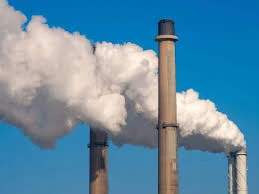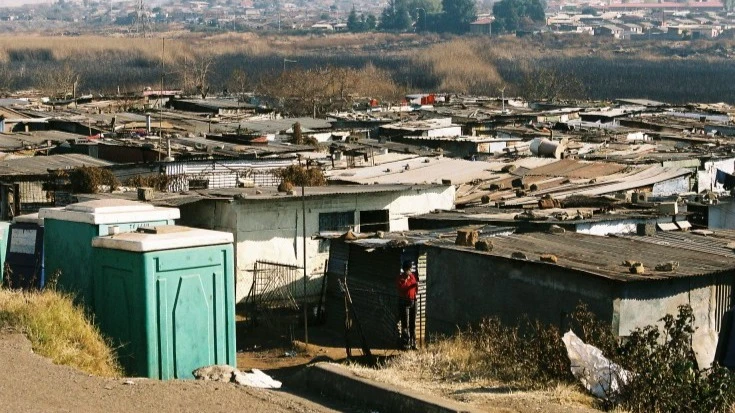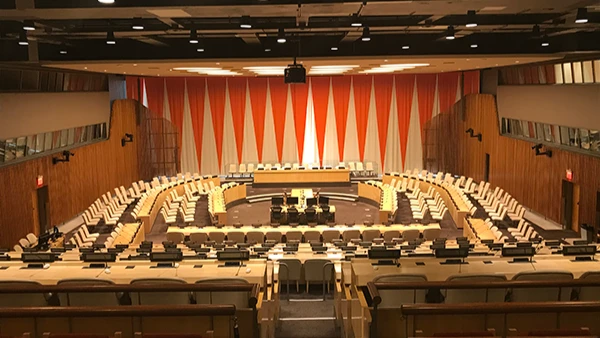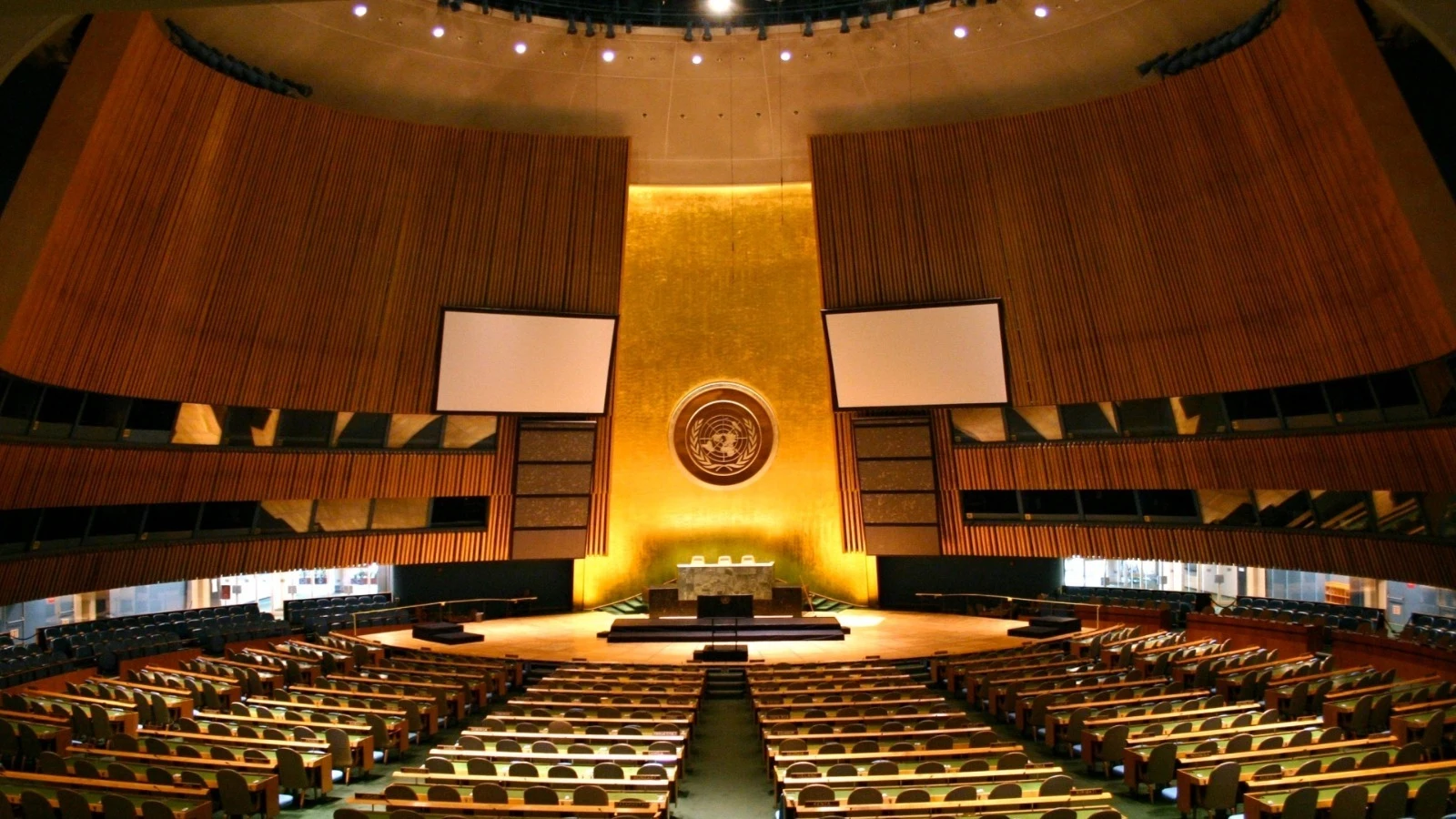CO2 emissions could push global warming beyond 1.5° celcius by 2028, report warns

HUMANITY is rapidly releasing greenhouse gases at a rate that will likely push Earth beyond the critical 1.5 degrees Celsius (2.7 degrees Fahrenheit) long-term warming threshold by 2028, according to a concerning new study.
Published on Wednesday in the prestigious Earth System Science Data journal, the research indicates that the planet is on a trajectory to exceed the ambitious climate goal established by the 2015 Paris Agreement within just three years.
The 1.5-degree target has been a central pillar of international efforts to mitigate the escalating impacts of climate change. Scientists worldwide have consistently warned that surpassing this limit would usher in a new era of more severe heatwaves and prolonged droughts, intensify storm systems, and accelerate sea-level rise, posing existential threats to vulnerable communities and ecosystems.
Joeri Rogelj, a climate scientist at Imperial College London and a co-author of the new study, articulated the heightened risks associated with even slight increases in global temperatures. "At 1.5 or at 2 degrees [Celsius], we now expect higher risks to ecosystems, to poor populations, for tipping points to happen, and for extreme events to happen," Rogelj stated. He emphasized that these adverse outcomes are now projected to occur at lower levels of warming than initially anticipated based on scientific evidence available at the time of the Paris Agreement.
The researchers' findings are stark: humanity can emit only 130 billion more metric tons of CO2 before the 1.5-degree limit becomes an inevitable reality. At current emission rates, the world is projected to deplete this remaining "carbon budget" by early 2028. Rogelj elaborated on the implications, noting, "Within three years, we will have emitted the remaining carbon budget for limiting warming to 1.5 degrees [Celsius] with at least a 50 percent chance. So that means if we emit more, there is only lower chances than 1 in 2 that warming will be kept to 1.5 degrees [Celsius]." This implies that even a 50 percent chance of staying below the threshold is rapidly diminishing.
The report also highlights an alarming acceleration in the rate of human-caused warming, which has increased by 0.27 degrees Celsius per decade. A critical climate change indicator, Earth's energy imbalance—the difference between the heat absorbed from the sun and the amount radiated back into space—is also rapidly accelerating.
The primary culprit behind this surge is the increase in emissions from the burning of fossil fuels. However, the study points to another significant contributing factor: the reduction in particle pollution, including soot and smog. While seemingly positive for air quality, these atmospheric particles previously exerted a cooling effect by reflecting sunlight, thereby masking a greater degree of underlying warming.
With fewer such particles, more heat is now being trapped. Changes in cloud formations also play a role in this complex energy dynamic. Collectively, these factors have led to Earth's energy imbalance being a staggering 25 percent higher than it was merely a decade ago.
The Significance of the 1.5-Degree Threshold
The planet briefly surpassed the 1.5-degree mark on a temporary basis in 2024, recording an average warming of 1.52 degrees Celsius (2.74 degrees Fahrenheit) since pre-industrial times for an entire year. However, the Paris Agreement's threshold is designed to be measured over a longer period, typically 20 years, to account for natural climate variability.
Despite this, the report warns that the globe could reach this long-term threshold within the next few years, even if individual years don't consistently hit the mark, due to the complex workings of Earth's carbon cycle.
Rogelj emphasized that the 1.5-degree threshold is more than just a scientific benchmark; it's "a clear limit, a political limit for which countries have decided that beyond which the impact of climate change would be unacceptable to their societies." Crossing this line carries dire consequences, including the eventual disappearance of many small island nations due to sea-level rise.
Scientific evidence overwhelmingly demonstrates that climate impacts become particularly extreme beyond this level, disproportionately harming impoverished and vulnerable populations. Rogelj underscored that despite the ominous projections, efforts to curb emissions and mitigate the impacts of climate change must continue relentlessly, even if the 1.5-degree threshold is ultimately exceeded.
Top Headlines
© 2025 IPPMEDIA.COM. ALL RIGHTS RESERVED

























